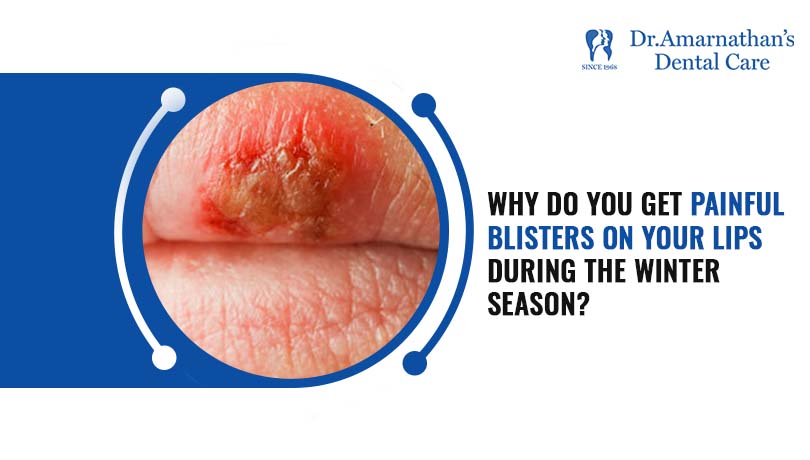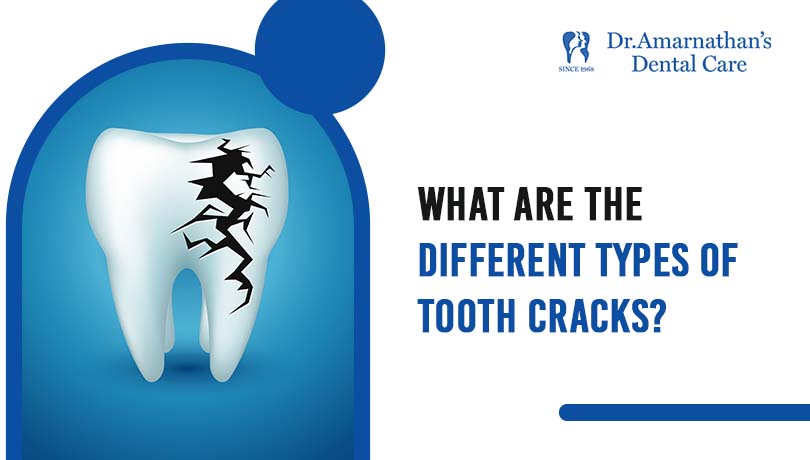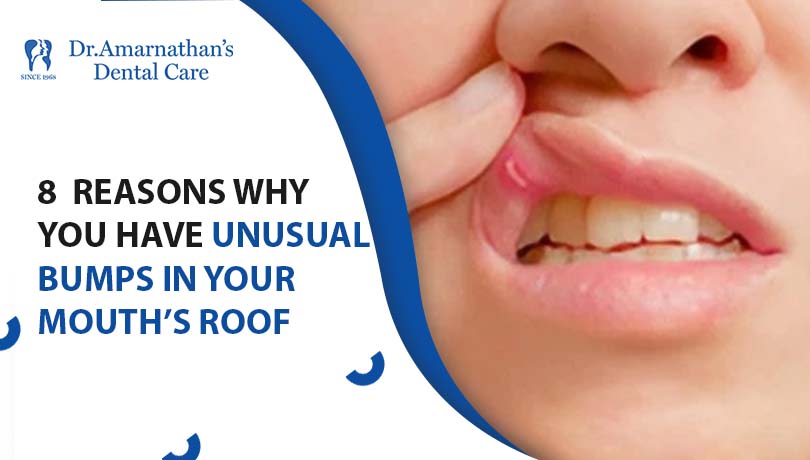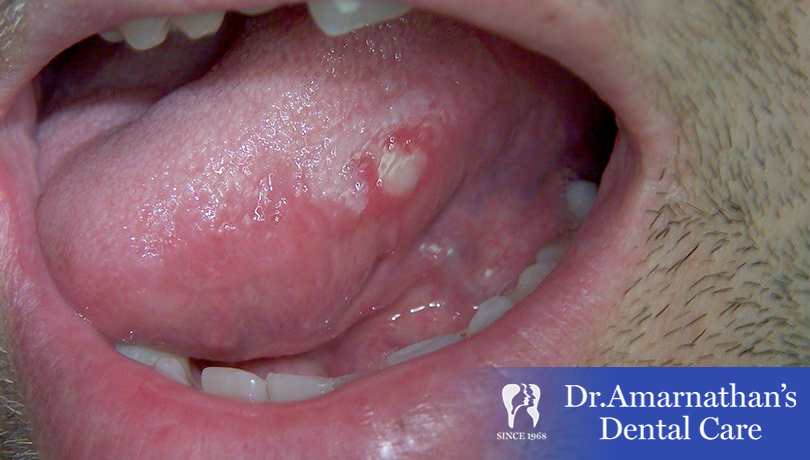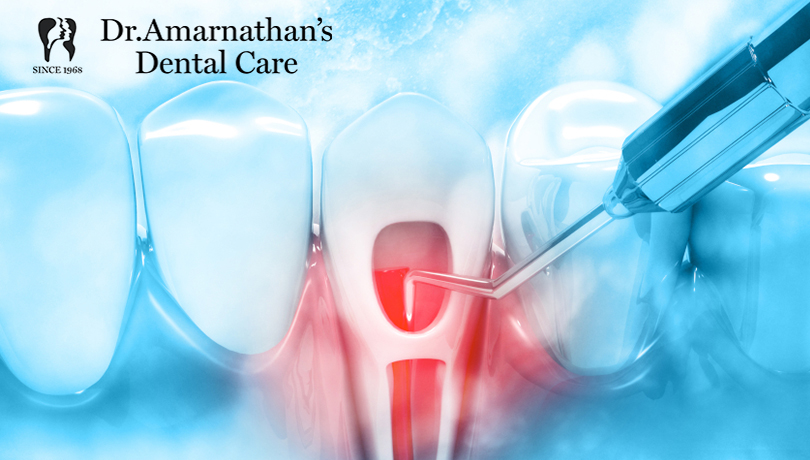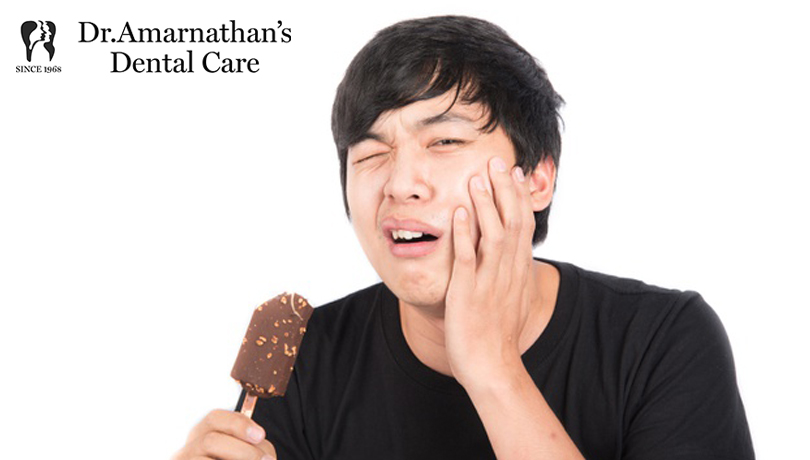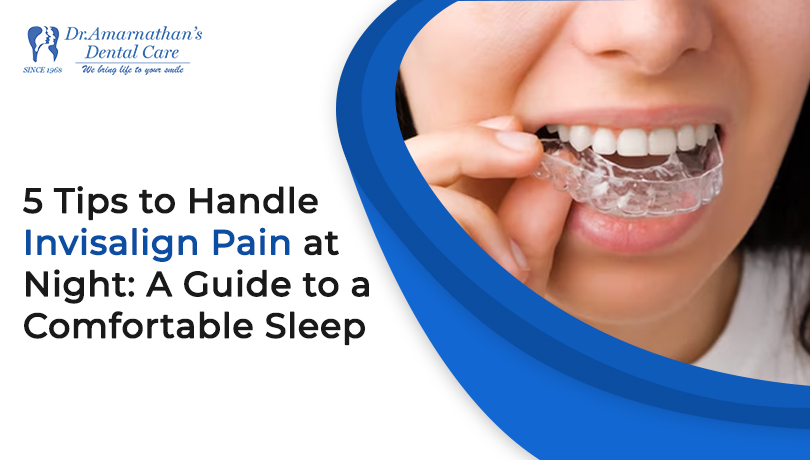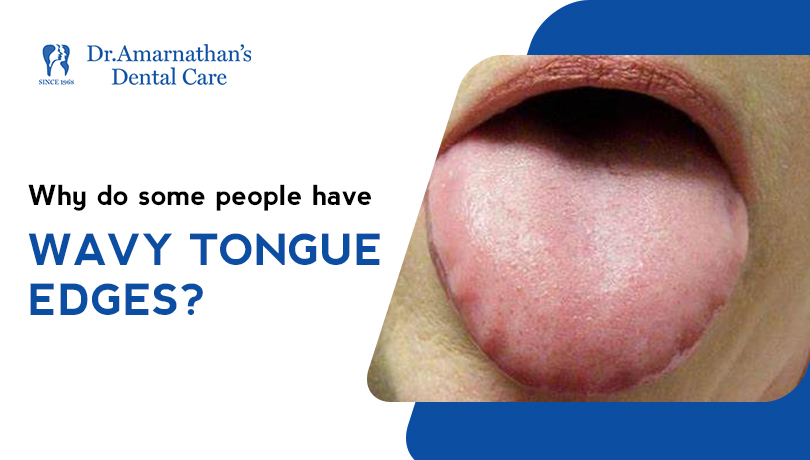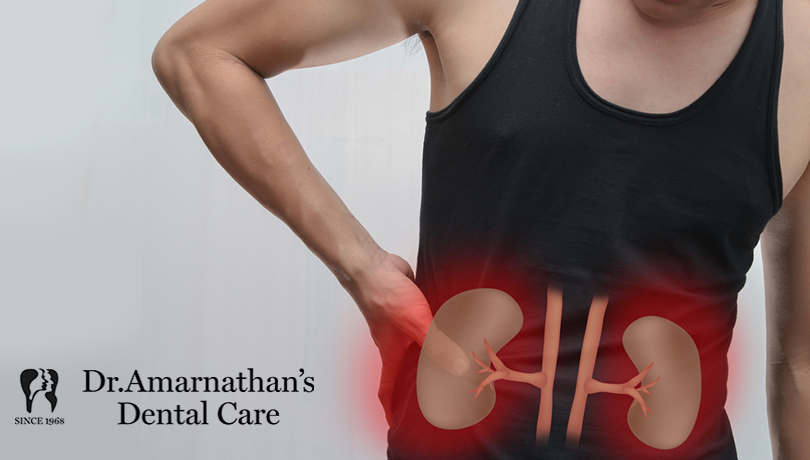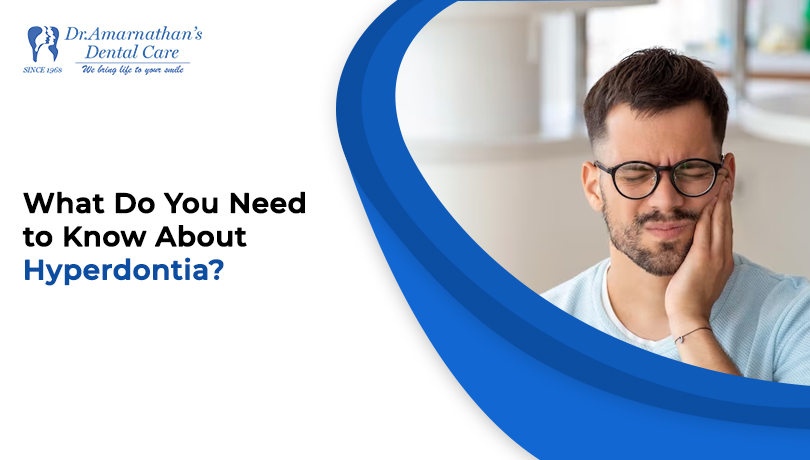
What Do You Need to Know About Hyperdontia?
Hyperdontia is a fascinating dental condition that might have caught your attention. If you’re curious about what hyperdontia is, what signs to look for, why it happens, how it’s detected, how it’s treated, and when dealing with extra teeth becomes important, you’re in the right place to learn all about it.
What is Hyperdontia?
Hyperdontia is a disorder in which there are too many teeth in the mouth. These additional teeth are also known as extra teeth. They can grow in any curved place where the teeth join to the jaw. This is referred to as the dental arches. Primary or baby teeth are the first 20 teeth that come in during childhood. Permanent teeth are the 32 adult teeth that grow in to replace them. Hyperdontia can lead to extra baby or permanent teeth, but extra baby teeth are more common.
What are the symptoms of Hyperdontia?
In the case of hyperdontia, a key sign is the appearance of extra teeth that often grow near your regular baby or adult teeth. This usually happens in adults, and it involves identifying these extra teeth based on their different shapes and where they are located in your mouth.
Extra teeth in hyperdontia can come in various shapes, including:
- Additional. These teeth look similar to the neighboring teeth.
- Tuberculous: These teeth are tube or barrel-shaped.
- Complex odontoma: This involves a tooth made up of many small tooth-like growths clustered together.
- Compound odontoma: Instead of a single tooth, an area of tissue with tooth-like structures forms.
- Cone-Shaped or Rod-Shaped Teeth: These teeth are wider at the base and taper towards the tip.
Extra teeth can also appear in different locations, such as:
- Premolar: Extra teeth that develop near your molars at the back of your mouth.
- Distomolar: Extra teeth that grow with existing molars rather than around them.
- Mesiodens: Additional teeth that form behind or around the incisors, the flat front teeth, and this is the most common type of extra tooth seen in hyperdontia.
Hyperdontia is usually not painful. Extra teeth, on the other hand, might stress your jaw and gums, leaving them inflamed and unpleasant. Your permanent teeth may seem crooked as a result of the crowding produced by hyperdontia.
What are the causes of Hyperdontia?
The exact cause of hyperdontia is not fully understood, but it is often linked to various inherited or genetic conditions. Some of these conditions include:
- Gardner Syndrome: A rare genetic disease that can lead to the development of skin cysts and tumors in the skull and colon.
- Ehlers-Danlos Syndrome: An inherited disorder that can result in weakened joints that easily dislocate, fragile skin, scoliosis, and muscle and joint pain.
- Fabry’s Syndrome: This condition can cause a lack of sweating, painful extremities, a reddish or bluish skin rash, and discomfort in the abdomen.
- Orofacial Clefts: These include conditions like cleft palates and lips, which result in openings in the upper lip or the roof of the mouth. They can lead to difficulties in eating, speaking, and an increased risk of ear infections.
- Claviculo cranial Dysplasia: Characterized by atypical growth of the skull and collarbone.
These conditions are associated with an increased risk of hyperdontia, but it’s important to note that not everyone with these conditions will develop extra teeth, and hyperdontia can also occur without a known genetic link.
How is Hyperdontia treated?
Some cases of hyperdontia may not require treatment, but in others, surgical removal of the extra teeth may be necessary. Your dentist is likely to recommend extracting additional teeth if:
- You have trouble chewing properly, or your extra teeth cause discomfort while eating.
- You experience pain or discomfort due to overcrowding caused by the extra teeth.
- Extra teeth make it difficult to brush and floss effectively, increasing the risk of tooth decay or gum disease.
- You feel self-conscious or uncomfortable about the appearance of extra teeth. If the extra teeth start to affect your dental hygiene or the growth of permanent teeth, it’s advisable to have them removed promptly to prevent potential long-term issues like gum disease or misaligned teeth.
Extraction of supernumerary teeth
Treatment for this depends on:
- number of supernumeraries
- by the position of the teeth
- by the relationship of the excess teeth with the others
- from the age of the child
The removal of extra (supernumerary) teeth is done through surgery, especially when these teeth are stuck (impacted). This procedure requires special care to protect the roots of the nearby teeth.
Removing extra teeth at an early stage lowers the risk of these additional teeth causing problems like hindering the normal growth of teeth and distorting the structure of the dental arch.
At what age can supernumeraries be drawn?
The age at which extra teeth can be extracted depends on the child’s development.
Typically, extraction of extra teeth is performed during adolescence, when the growth of the face and mouth is complete. However, in some cases, the extraction can be performed even earlier if the extra teeth are creating functional or aesthetic problems.
When to intervene in the case of small children?
If the child is small and it is decided to postpone the operation after a few years, it is necessary to carry out periodic checks so that complications do not arise. If your child has a problem of this type, it is recommended that you contact your trusted dentist. Conducting a thorough assessment of the dental arches will enable you to identify the optimal treatment approach to safeguard against extra teeth hindering the eruption of normal teeth, along with providing suitable solutions.
Life with Hyperdontia
Many individuals with hyperdontia lead perfectly normal lives without requiring any treatment for their extra teeth. However, for some, the removal of one or more supernumerary teeth becomes necessary to prevent potential problems. It’s essential to communicate any pain, discomfort, swelling, or oral issues to your dentist if you suspect you have hyperdontia.
In conclusion, hyperdontia is a unique dental condition characterized by the presence of extra teeth in the mouth. Although the exact cause remains uncertain, it is often linked to hereditary conditions. Diagnosing hyperdontia is relatively straightforward, and treatment can vary from no action needed to the extraction of supernumerary teeth, depending on the individual’s specific case and circumstances. Regardless of your situation, always remember that regular dental check-ups and open communication with your dentist are essential for maintaining good oral health when dealing with hyperdontia.



